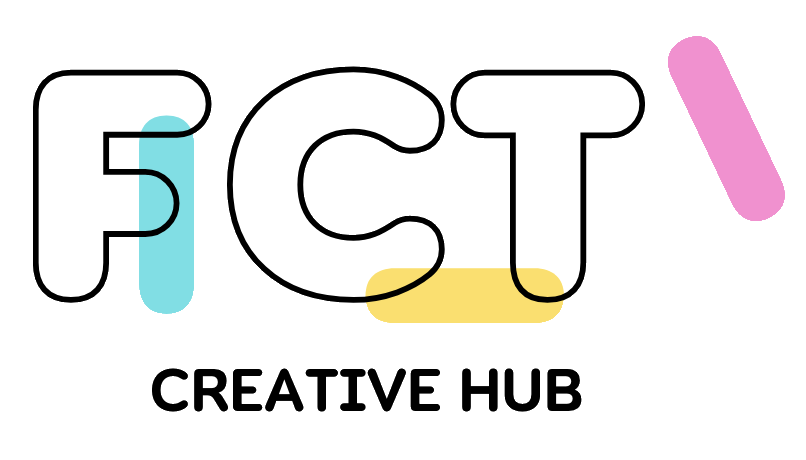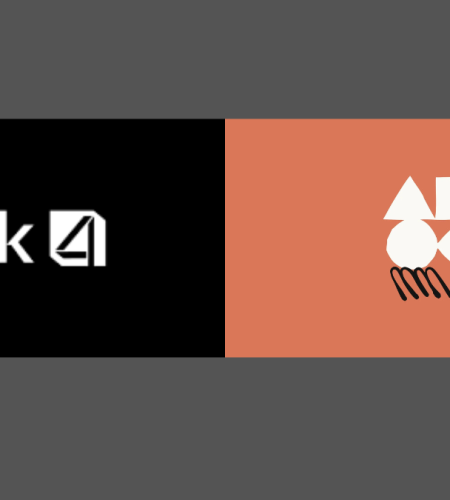When I first started using AI in my workflow, I treated each model like a separate tool. But after working on multiple client projects ranging from SEO content automation to coding assistants I found that combining the Grok 4 API and Claude Opus 4 API gave me far better results than using either alone.
So if you’re a developer, content creator, or someone building AI-powered tools, here’s a step-by-step guide on how to integrate both Grok 4 and Claude Opus 4 APIs into a single project. This is based on my real experience, and I’ll keep it simple and practical.
Why Combine Grok 4 API and Claude Opus 4 API?
Before jumping into integration, let’s quickly look at why using both makes sense:
- Grok 4 API (by xAI) is great at real-time web search, fetching live data from X (formerly Twitter), and even understanding images.
- Claude Opus 4 API (by Anthropic) is best for structured tasks, such as writing, summarizing, deep reasoning, and long-form coding.
By combining both, you get:
- Live data input + Deep reasoning output
- Speed + Stability
- Creative flexibility + Reliable structure
That’s what I now use in my AI workflows daily.
Step 1: Get API Access for Both Models
● Grok 4 API Access
You can request access directly from xAI’s developer portal or use a third-party API aggregator like API Dog (for developers on a budget).
Make sure you have:
- API Key
- Documentation access (for endpoints, limits, etc.)
- Permissions for real-time data retrieval
● Claude Opus 4 API Access
Claude is available through:
- Anthropic Console
- Amazon Bedrock
- Google Vertex AI
Start with free trial tokens if you’re testing.
Step 2: Define Your Use Case
Use Case Example: I recently built an AI-powered content planner that does this:
- Uses Grok 4 API to pull live headlines from X and Reddit
- Sends them to Claude Opus 4 API for writing blog outlines or social captions
Here are a few other ideas:
- SEO tools: Grok fetches trending keywords, Claude writes optimized content
- Chatbots: Grok handles real-time questions, Claude answers in detail
- Developer assistants: Grok pulls API documentation, Claude explains usage
Step 3: Set Up the Environment
I used Python for most integrations. Here’s a simple layout:
plaintext
CopyEdit
main_project/
│
├── grok_module.py # Handles Grok 4 API calls
├── claude_module.py # Handles Claude Opus 4 API calls
├── utils.py # Cleans and formats data
└── app.py # Main logic and workflow
Use virtual environments and keep your API keys in .env for security.
Step 4: Make Grok 4 API Call
Here’s a real scenario I used:
python
CopyEdit
# grok_module.py
import requests
def fetch_trending_data(query, api_key):
url = “https://api.xai.com/v1/grok/query”
headers = {“Authorization”: f”Bearer {api_key}”}
data = {“query”: query}
response = requests.post(url, json=data, headers=headers)
return response.json()
I used this to pull trending tweets or topics.
Step 5: Process Data for Claude
Clean the response before passing it to Claude:
python
CopyEdit
# utils.py
def format_for_claude(grok_data):
cleaned = “\n”.join([item[‘text’] for item in grok_data[‘results’]])
prompt = f”Based on the trends below, generate 5 blog post ideas:\n{cleaned}”
return prompt
Step 6: Call the Claude Opus 4 API
python
CopyEdit
# claude_module.py
import requests
def ask_claude(prompt, api_key):
url = “https://api.anthropic.com/v1/messages”
headers = {
“x-api-key”: api_key,
“anthropic-version”: “2023-06-01”
}
data = {
“model”: “claude-3-opus-20240229”,
“messages”: [{“role”: “user”, “content”: prompt}],
“max_tokens”: 1024
}
response = requests.post(url, json=data, headers=headers)
return response.json()
Step 7: Connect the Workflow
python
CopyEdit
# app.py
from grok_module import fetch_trending_data
from claude_module import ask_claude
from utils import format_for_claude
# Get trending topics
grok_data = fetch_trending_data(“AI trends 2025”, “GROK_API_KEY”)
prompt = format_for_claude(grok_data)
# Generate structured output
claude_response = ask_claude(prompt, “CLAUDE_API_KEY”)
print(claude_response[‘completion’])
Step 8: Add Output to Your App or Platform
You can send this output to:
- A web dashboard (e.g., Flask, Next.js)
- A content calendar (via Notion API)
- A Slack bot (via Slack API)
I integrated this workflow into a Notion blog calendar for one client. It auto-suggests blog topics every morning using Grok + Claude.
Extra Tips for Integration
- Token Limits: Grok allows larger context input (256k). Claude has a 200k input + 32k output token structure—keep it efficient.
- Caching: Store Grok results locally and only recall if needed. Saves money.
- Batch Requests: Claude supports batch mode via prompt chaining.
Final Thoughts: Is It Worth the Setup?
Absolutely.
The first time I integrated both models, I was shocked at how seamless the results were:
- Grok gave me fresh, fast data.
- Claude turned it into meaningful output—blogs, answers, summaries.
If you’re serious about building AI-powered tools that work smarter, not just faster, combining Grok 4 API and Claude Opus 4 API is a game-changer.
Let me know if you’d like the full Python code, Zapier workflow, or help creating a hosted app that uses both.

